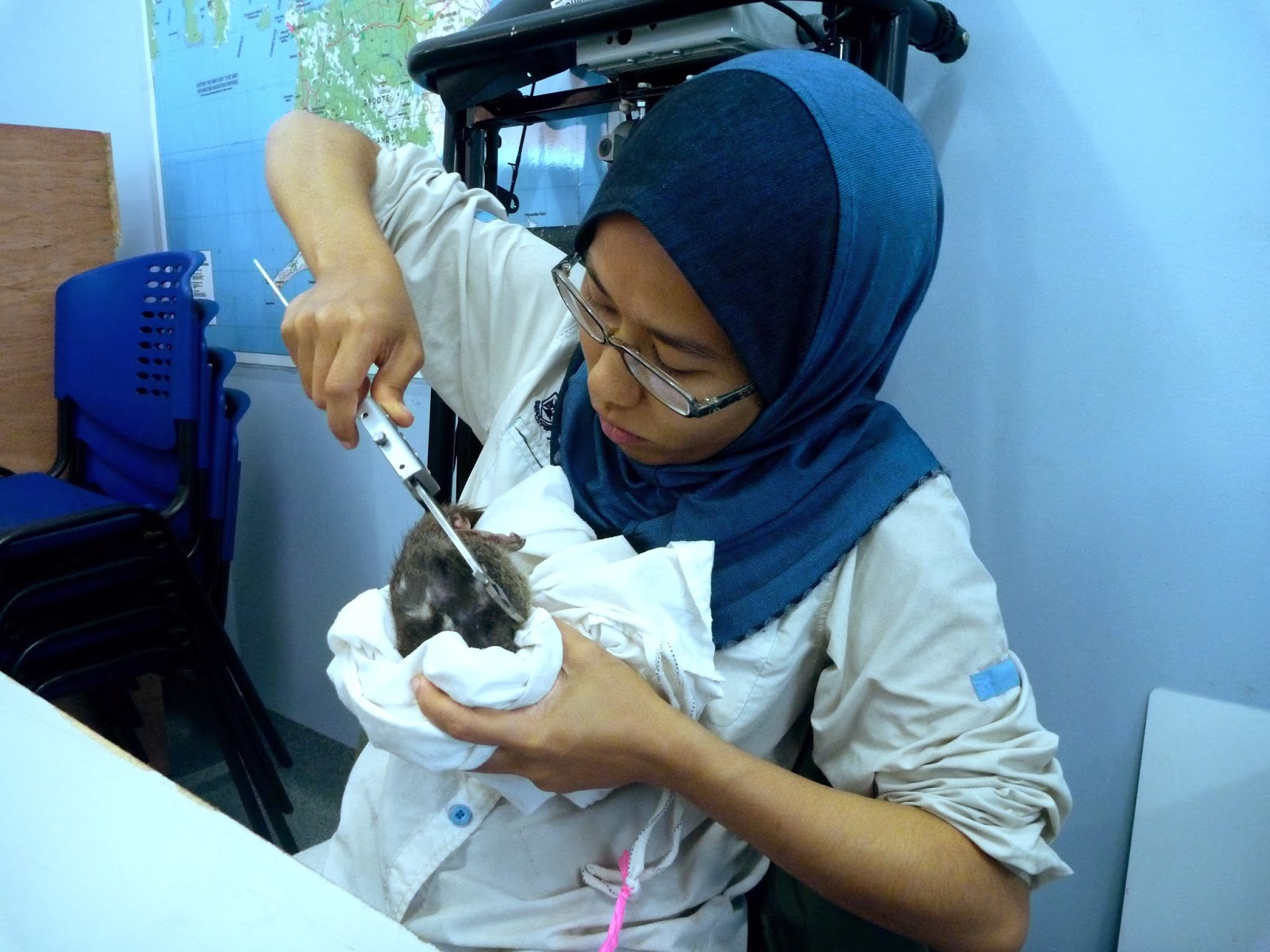Andrew and Gwendolyn are off and running. Traffic lights are green, and the project looking at how dust affects the health of the Anindilyakwa people on Groote Eylandt is underway. We have done three trips since late 2015, spending most of March, May and June on our island paradise – a welcoming breath from the hustle of Briz-Vegas. Us chumps have been on and off Groote for the past 4 years, so we settled into the pace of island life seamlessly.
 |
| Settling in to Groote Eylandt life at Little Jagged |
|
 |
| Serena, Carol, Judy, and Gwen visiting Bickerton Island |
|
All the community organisations have been a great help, and with their advice and keen support we met many awesome people across the Groote Eylandt Archipelago and Numbulwar. Much of these trips were spent chatting with the local Angurugu and Umbakumba mobs about the project with the help of a trusty bilingual video, ad-hoc liaisons and a box of fresh bananas from the Angurugu Market Garden (cheers Dave!). A special mention goes to Groote Eylandt Linguistics, who have been invaluable to this project, even joining us on missions to Bickerton Island. One of the biggest lessons we learned is that some of the best opportunities happen through being in the right place at the right time…. and a pinch of luck
For example, a quick 5-minute chat about a community BBQ turned into a 2.5 hour guest spot on the Umbakumba radio station with DJ_Percy. We discussed our project and managed to intertwine quoll-sexcapades with smooth Bob Marley beats. Sunset BBQs under the tamarind tree, volunteering on ghost-net boat patrols with the Land & Sea Rangers and loitering outside supermarkets were just a few random ways that led to some interesting chats and project break-throughs. Worth a mention is when we tested our basketball skills against the zippy local kids – a humbling experience where we left with our soft city feet blistered and pride dented after being dusted in the final seconds of overtime.
 |
| Collecting rogue ghost-nets with the Land & Sea Rangers |
 |
| Chopper recruiting help for the BBQ |
From Groote, a 20 min jump in a 6-seater plane finds you in the closest mainland community - Numbulwar. Conveniently, our long-lost UQ soccer club stalwart, Selena Uibo aka the current Labour Rep for East Arnhem, was living in Numbulwar and was the perfect host. Across a couple of trips, we saw Robbie take a few dives on the Numbulwar soccer court, met a bunch of smiling locals and we were invited to the public viewing of the men’s ceremony – an incredible experience to witness the pure joy and pride in the local culture (thank you Selena and Junga!).
 |
Robbie fooling Chopper with his body swerve before slotting
home a goal for the good guys |
 |
| Selena, Andrew and Gwen at Numbulwar Jetty |
After a lengthy period of serious face-time in the communities, the snowball was gathering speed – data collection had successfully begun! In libraries, community gardens, backyards, on beachside decks and occasionally in air-conditioned bliss – wherever we were invited, we went forth in the name of Anindilykwa health.
However, living in sweaty paradise was not all about work. The UQ team, including the quoll contingent, brought home the bronze medal from the Games on the Green – a fundraiser for local sport. Andrew spent every spare second out on fishing jaunts, painting his fishing lures with glittery nail polish and fantasising about his next honking fish. Gwen and her ultimate doggy-friend, Buddy, spent most afternoons walking the bush outskirts of town getting stalked by resident crocs. Skye has been working her volunteers, Pip and Sarah, to the state of exhaustion similar to that experienced by male quolls at the end of breeding (minus the satisfying ending). When Skye wasn’t head-deep in quollness she limbered up with majestic yoga moves beachside at sunset (unknowingly putting on a show for the miners having after-work beers). The weekends brought us all together for some explorative camping, reading relaxation and vigilant prairie-dog-style swimming.
 |
Pip, Andrew, Skye and Gwen receiving the Bronze at
the Games on the Green. |
 |
| Chopper and his beloved Queenfish |
We left Groote mid-June knowing our return was imminent in a couple of months, and with a few more key lessons learned:
1.
Despite a perfect record of fixing the problem, opening the driver’s side door whilst fiddling with the sun-visor actually has nothing to do with helping a temperamental starter motor tick over.
2.
The Bohnanza card game is Amazebeans.
3.
To effectively communicate with other humans, articulating context in random one-liner-outbursts is crucial – never assume others can read your thoughts in the 20 minutes of silence preceding said outbursts……Andrew.
4.
Whilst camp dogs ain’t always the prettiest, they have a cheery disposition and happy tail that won’t quit.
5.
In small communities, there is nothing surer than running into Chatty-Cathies and Doomsday-Dereks.
6.
“The Wire” is in the top 5 TV shows…. ever. In the immortal words of
Senator Clayton Davis
 |
| Andrew and his new camp dog companion |





























.JPG)











